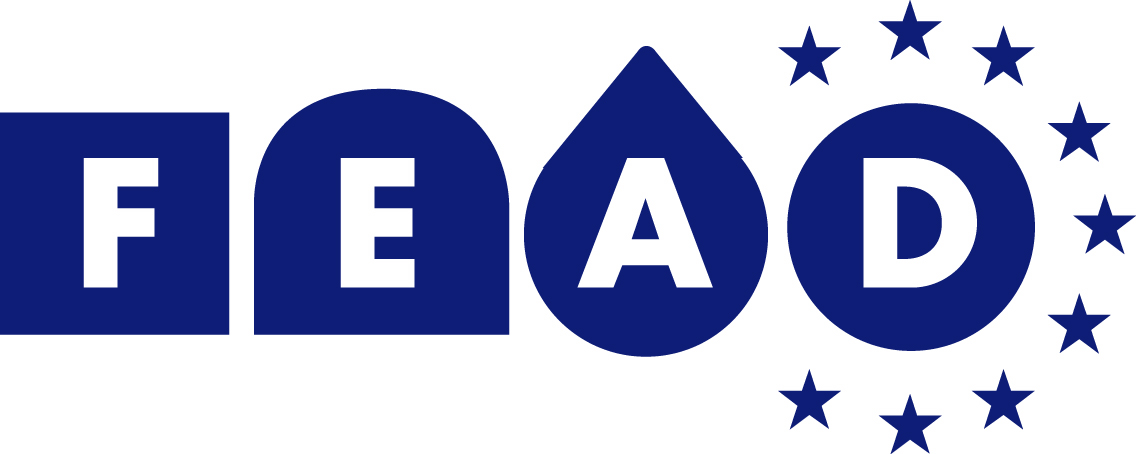The federation welcomes that any “investment in new waste management treatment capacity needs to be framed in a long term perspective and to be consistent with the waste hierarchy”. Moreover, EU funds need to be granted in line with the waste hierarchy. The Commission acknowledges the fact that the waste hierarchy is not a rigid structure and the ultimate goal is to ensure that waste management delivers the best environmental outcome. Energy recovery may, indeed, be the overall most sustainable option for some waste materials including some containing hazardous substances of which risks cannot be adequately controlled when recycled.
It is essential to stress that there is no waste to energy overcapacity at EU level at the moment. The imbalances of energy capacity between the Member States must be clearly identified so that the network of waste to energy facilities can be used more efficiently. In this context, FEAD welcomes that the Commission recognises the role of cross-border shipments “to make optimal use of the waste to energy capacity” and that “exporting non-recyclable waste is not necessarily contradicting the principle of proximity”.
FEAD would have liked the Communication to further stress the contribution of waste to energy in dealing with residual waste and in strengthening the EU energy independency and efficiency. Moreover, it must be recognised that the energy recovery sector plays a crucial role in extracting value from some of the wastes which cannot be treated further up the hierarchy (e.g sorting residues from recycling). Thereby, it is important that all forms of energy recovery treatment technologies need to be given equal opportunities. Incentives to ensure a stable market for secondary raw materials and a level playing field between primary and secondary raw materials are crucial to ensure waste is moving up the waste hierarchy. Finally, we would like to stress the unclarity as to whether the Communication also includes commercial and industrial waste.






